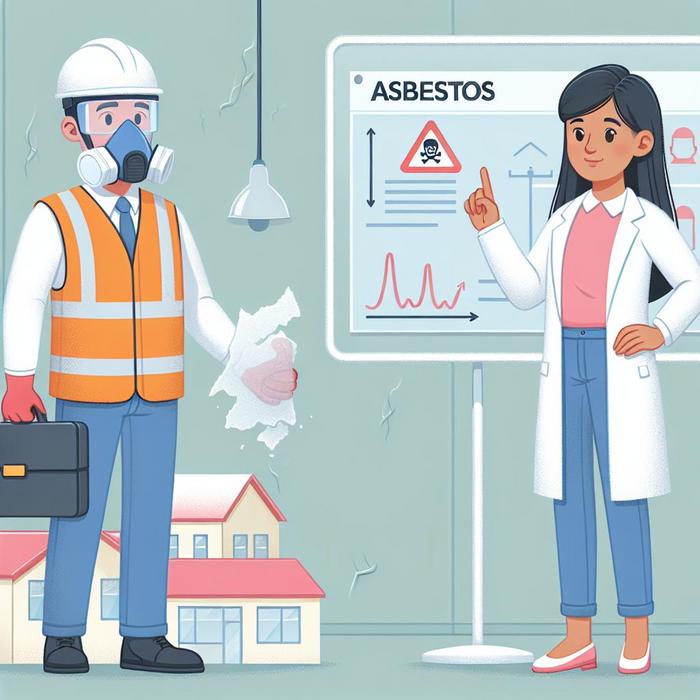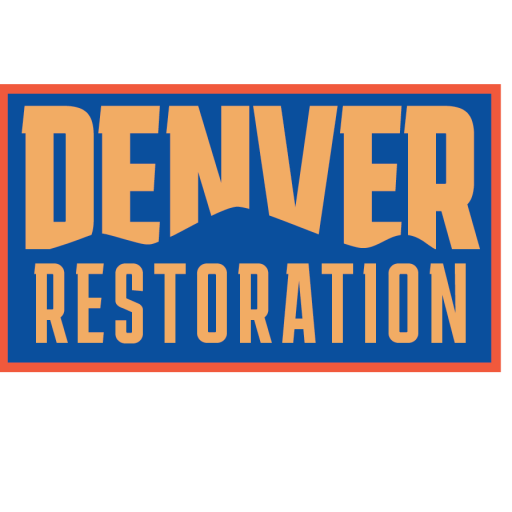Understanding the Intricacies of Asbestos Removal
In the realm of property damage and restoration, the complex task of asbestos removal stands as a vital concern among homeowners and property managers. The difficulty resides not only in the physical removal of asbestos but also ensuring the safety of everyone involved, from the removal crew to the occupants of the affected building.
Identifying Asbestos Health Risks
Asbestos, a cluster of naturally occurring minerals, was once lauded for its resistive properties against heat, electricity, and corrosion. However, the microscopic fibers become lethal when disturbed and released into the air. Prolonged exposure can lead to serious health complications, such as asbestosis, lung cancer, and mesothelioma.
Given these health risks, it becomes paramount that homeowners and property managers understand the safe handling guidelines and potential asbestos exposure sites. To expand your knowledge, read through these comprehensive articles on handling and disposing asbestos here and protecting your family from asbestos exposure here.
Devising Safe Asbestos Handling Strategies
Once asbestos has been identified, the next step involves devising a strategy for safe asbestos handling. Remember that asbestos removal is not a DIY operation. Engaging a certified asbestos removal service provider is a critical element in ensuring the safety of everyone involved.
Some effective asbestos removal tips that professionals follow include:
– Employing controlled removal methods to prevent the spread of asbestos fibers
– Using specialized equipment, including negative air machines, HEPA vacuum cleaners, and sealed disposal bags
– Adhering to strict safety measures like protective clothing, respirators, and full encapsulation of the work area
Our ethical asbestos removal practices guide offers more information on how professionals at Denver Restoration adhere to and exceed safety standards.
Partnering with Experts for Asbestos Removal
Given the serious health risks associated with asbestos exposure, it’s crucial to engage only certified professionals for the job. Experts bring a wealth of experience, understanding of legal requirements, and knowledge of the right technologies and methodologies to ensure safe asbestos removal.
If you have concerns about potential asbestos exposure in your home or work environment, our team at Denver Restoration is available to assess, plan, and execute an effective and safe asbestos removal process. For more details on how we can support you, take a look at our personalized asbestos removal support guide.
Once the asbestos removal process is completed, it doesn’t signal the end of responsibilities. Instead, it’s necessary to understand follow-up measures like clearance testing and waste disposal. Homeowners should also consider the need for renovation and restoration, considering the level of intrusion the asbestos removal process might have caused.
As you navigate your way through the process, remember that time spent on comprehensive research and support from experienced professionals will significantly mitigate the risks associated with asbestos. Stay informed, be aware, and ensure safety at every step of the asbestos removal process.
The Importance of Clearance Testing
Clearance testing, conducted after the asbestos removal process, is an essential step in ensuring that the area is safe for reoccupation. This involves a visual examination followed by air testing to confirm that no asbestos fibers are present in the atmosphere.
The process of clearance testing can be complex as it requires intricate understanding and use of specific protocols and methodologies. It is, therefore, crucial to involve certified professionals capable of conducting meticulous clearance testing for thorough safety assurance. To better understand the importance of clearance testing after asbestos removal, look at this resource here.
Proper Disposal of Asbestos Waste
Disposing of asbestos waste is not as simple as tossing it in the nearest dumpster. Asbestos is considered a hazardous waste, and there are strict regulations surrounding its disposal. Failure to comply with these regulations can lead to hefty fines and can also pose a serious risk to human health and the environment.
To ensure the safe removal and disposal of asbestos, several measures must be taken. These include using approved sealed containers for waste, keeping waste wet to limit the release of fibers, and transporting the waste to a licensed disposal facility. For more information on managing asbestos, you can read up on this comprehensive guide here.
The Role of Renovation and Restoration
Asbestos removal can sometimes lead to a level of property intrusion depending on the severity of the contamination. In such cases, homeowners and property managers must consider the need for renovation and restoration to return the property to its pre-damage condition.
At Denver Restoration, we provide a comprehensive commercial restoration service that encompasses all aspects of property renovation and restoration, ensuring that your property regains its full functionality and aesthetic appeal.
Legal and Insurance aspects of Asbestos Removal
Dealing with asbestos also means navigating a maze of legal requirements. This ranges from obtaining the necessary permits for asbestos removal, to ensuring legal disposing of the waste, and compliance with safety and health regulations. Being informed about these requirements can prevent unnecessary legal complications.
On the insurance front, it’s essential to understand what your policy covers in terms of asbestos removal and restoration costs. Not all policies might cover these, and it’s advisable to get this clarified with your insurance provider.
Ensuring Effective Communication
Asbestos removal is not a standalone process. It demands constant communication between the asbestos removal team, property owners, occupants, and sometimes even the neighborhood to ensure everyone’s safety.
Proactive, transparent, and timely communication about the risks, procedures, timelines, and precautions helps ensure everyone is on the same page, thereby minimizing confusion and fostering cooperation.
Safety At Every Step
The key to safely navigating the complexities of asbestos removal lies in awareness and adherence to proper safety practices. Understanding the risks, knowing what steps to take, and partnering with certified professionals can significantly mitigate the risks associated with asbestos.
Through our blog post, we hope to have equipped you with valuable insights into the intricacies of asbestos removal, clearing testing, waste disposal and post-removal responsibilities. Remember, every step taken towards a safer environment counts! Stay informed and be proactive in safeguarding your property and health against asbestos dangers.
Improving Understanding Through Continuous Learning
The landscape of asbestos removal demands constant learning and adaptation. As research advances and new information comes to light, strategies and guidelines for asbestos removal and disposal might change. Hence, it’s crucial to stay updated on the latest trends, technologies, regulations, and best practices for dealing with asbestos.
We believe that empowerment comes with understanding. The more you know about asbestos removal, the more equipped you are to make informed decisions, ensuring safety for yourself, your family, and your property. At Denver Restoration, we continue to dedicate ourselves to providing timely, relevant, and user-friendly information on asbestos removal and restoration procedures.
Remain vigilant, stay informed, and always prioritize safety. Our journey doesn’t end here, stay tuned for more insights on property restoration and safety protocols.

